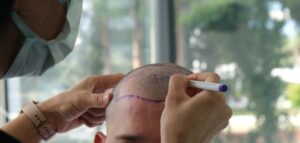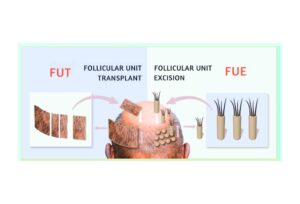We all know that exercise is good for our bodies and adds length to our lives, but what about excessive exercise? Is it healthy? The truth is that those “killer” workouts may cause hair loss.
What Causes Hair Loss?
Excessive exercise places enormous energy demands on the body which may result in hair loss. When you’re working out and engaging in high-intensity training or sports your muscles use a large amount of energy, taking from all areas of the body including the follicles within’ your scalp.
Your body is working overtime, and your head may interpret this as stress.
When You’re Working Out
It feels good to have a hard work out, your mind feels clearer, your endorphin’s are pumping, and you leave the gym feeling amazing – you can also thank the increased release of the male hormone testosterone (which can also feed hair loss) for that. Overall, working out is (and should be) a pleasant experience.
There are many dangers to pushing our bodies too far -several recent scientific studies indicate that endurance exercises, such as marathon and triathlon training, pose significant risks to your heart, some of which may be irreversible and life-threatening.
It’s becoming increasingly clear from the recent flurry of scientific studies that overdosing on exercise can have detrimental effects on your health. Too much exercise, particularly long bouts of cardio, can do more harm than good—particularly to your most important organ.
Over-indulge in rigorous exercise and these elevated levels of hormones, coupled with the stress of physical exertion, may contribute to or accelerate your hair loss.
 How to Workout Safer
How to Workout Safer
A safer and more effective exercise is high-intensity interval training (HIIT), which consists of short bursts of intense exertion; HIIT maximizes the benefits for your heart and optimizes your HGH and insulin levels. Keep your intense workouts to less than 45 minutes, and if you run, keep your distance under 20 miles per week spread over two to three days, at five miles per hour or less, to minimize risks and maximize benefits.
Allowing your body to fully recover between workouts is critical, including eating an appropriate post-workout meal that gives your body the nutrients it needs to recover and rebuild.

















